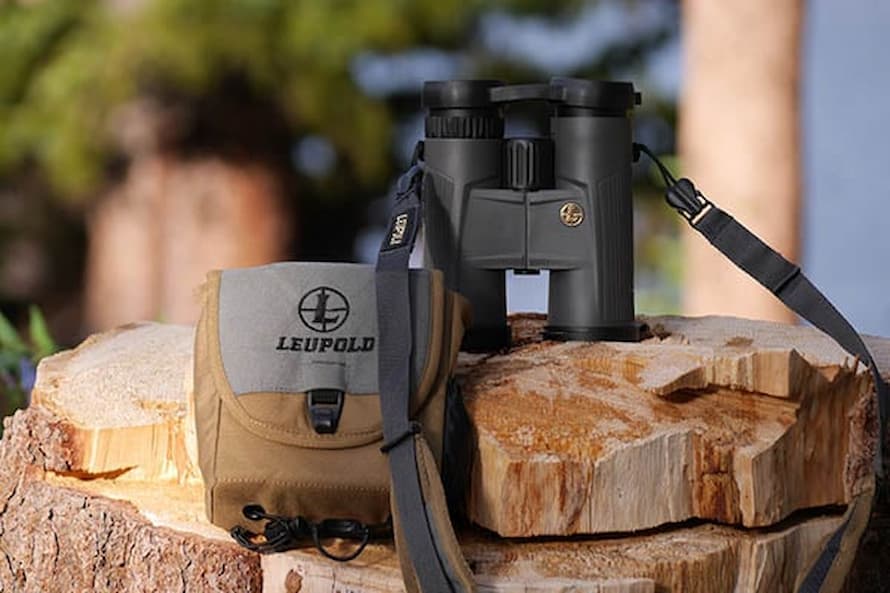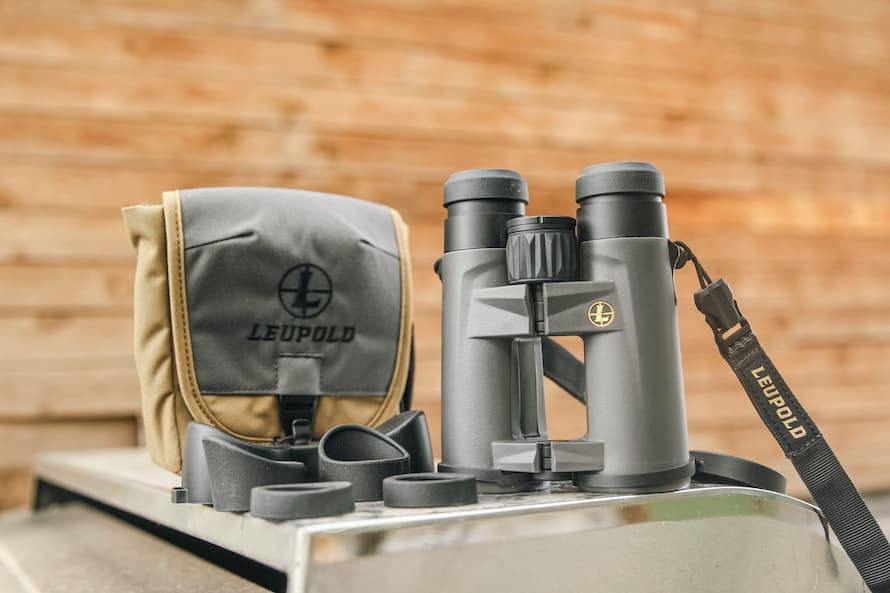Heading out hunting without optics is like going into battle without wearing an armour. While the armour protects and empowers a warrior, it’s the good optics that sharpen a hunter’s vision and boost their chances of success.
When it comes to choosing the right visual aids for spotting game at a distance or scanning wide open terrain, the choice usually comes down to binoculars. They’re easy to carry, equipped with two lenses, and offer a wide field of view. Therefore, it makes perfect sense to explore the variety of binoculars for sale and find the ideal pair for your hunting needs.
Easy to Carry
When we compare them to other hunting optics, binoculars are generally the option that’s more compact and easy to carry. The 8×25 or 10×30 models usually weigh between 200 to 400 g, making them small enough to fit in your jacket pocket or backpack side pouch. Even some mid-size hunting models are designed with portability in mind, causing minimal strain on long hunts.
Spotting scopes, on the other hand, are a bulkier and heavier alternative. They weigh anywhere from 500 grams to over 1.5 kilograms, making them less convenient to carry during long hunts or while moving through rough terrain. Furthermore, because of their size and weight, spotting scopes often require a tripod or stable surface for steady viewing. This adds to the gear you need to manage and carry.
While they offer superior magnification and clarity for long-distance observation, their portability trade-off means they are best suited for stationary use rather than active tracking. It’s safe to say that binoculars also beat rifle scopes when it comes to portability and the flexibility they provide you with. While binoculars can be easily carried separately on long hunts, rifle scopes are fixed to firearms and can’t be carried independently.
This makes binoculars a more convenient and versatile choice for hunters who need a lightweight optic to use when on the move. All in all, although monoculars outperform other optics in terms of portability and weight, binoculars are still easy to carry and offer other advantages like better depth perception and a wider field of view, which brings us to the next point.
Wider Field of View

Compared to other hunting optics, like monoculars or rifle scopes, binoculars for hunting offer a wider field of view. This means you can see more of the scene without moving your eyes or head. While hunting, a wider field of view lets you scan large areas, helps you locate animals and stay aware surroundings without changing position. They achieve a wider field of view thanks to their dual lenses and eyepieces.
They use two parallel optical tubes, one for each eye, a setup that provides a wider view compared to single-lens optics like monoculars, rifles, and spotting scopes. Moreover, many of the models nowadays also offer lower magnification levels which are usually between 7x and 10x. This helps maintain that wide field of view. As magnification increases, the visible area narrows, so choosing the right balance between magnification and field of view is key for effective hunting optics.
Versatile
Not being tied to your firearm like you would be with rifle scopes or reliant on a tripod like spotting scopes helps you stay flexible with the versatile binoculars. You can use them for scanning open fields or tracking movement through dense forests without needing a tripod or being locked into a specific shooting setup.
They’re also handy when scouting from a tree stand, navigating unfamiliar terrain, checking wind indicators from a distance or almost any hunting scenario. Since they don’t require additional gear, binoculars allow hunters to react quickly and adapt to changing conditions in the field.
Reduced Eye Strain
We’re built to see with both eyes. Therefore, forcing one to do all the work feels unnatural and can create an imbalance in eye strain, especially when focusing on distant or moving targets. Over time, this can cause tension in the viewing eye, while the non-viewing eye tries to adjust or compensate.
As already mentioned, binoculars have a dual-lens and eyepiece design. Apart from creating a more immersive and natural image, this design also reduces eye strain during extended use. Unlike monoculars or rifle scopes, which force one eye to do all the work, binoculars distribute the visual effort evenly, which makes them more comfortable to use for long periods of glassing or tracking game.
To Sum it Up
Binoculars remain the preferred choice for optics in many hunting scenarios, thanks to their ease of use, versatility, and wider field of view. Whether used on their own for quick spotting and tracking or combined with other optics like rifle scopes for precision shooting, they provide hunters with a flexible and reliable tool that adapts to almost any situation in the field.


